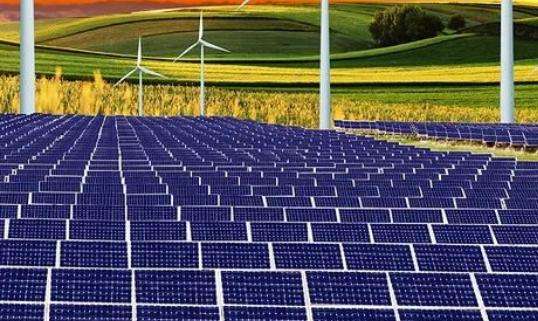Yes.
All energy on earth comes from the sun. Solar radiation causes different heating conditions in various regions of the earth, forming atmospheric circulation. Additionally, heat from solar radiation causes surface water to evaporate to form water. Finally, water vapor moves through the atmosphere and, when a certain degree of saturation is reached, precipitation forms. At this time, the river collects precipitation and, with the difference in height of the river bed, a huge amount of water. power is generated.
Is there a discharge of cooling water from hydroelectric power generation? Will the water temperature downstream of the reservoir increase significantly after hydroelectric power generation?
Hydroelectric power production generally requires geological exploration and prior environmental assessment. Otherwisesaid, normal power generation will not cause water and soil erosion, but there is a situation that will inevitably cause water and soil erosion. that is, in the event of extremely severe flooding, the limit of the dam must be exceeded and the flood must be released. However, if the flood is released too much or for a long period, exceeding the initial design, it will have an impact on the downstream. the environment and cause local flooding and soil erosion. In other words, in the event of a natural disaster, even if dams have the capacity to prevent and evacuate floods, including in the Three Gorges, there is no guarantee that there will be no soil erosion downstream. . For example, due to soil erosion caused by the Yangtze River floods in 1991 and 1998, Gezhouba had to continue discharging floodwaters for its own safety, but still could not relieve the pressure on the damsn downstream and had to evacuate flood waters during the flood. unloading area.
Hydroelectric power generation does not generate many cooling water emissions. This will not cause an increase in water temperature downstream at all. If you think about it, a huge amount of water arrives upstream of the hydroelectric plant. The hydroelectric generator only uses part of the energy to do its job without consuming water. The cooling water volume of the individual components is very small compared to the total. the flow of water, it is therefore completely impossible to increase the temperature of the water downstream behind the dam. It doesn't consume much energy.














